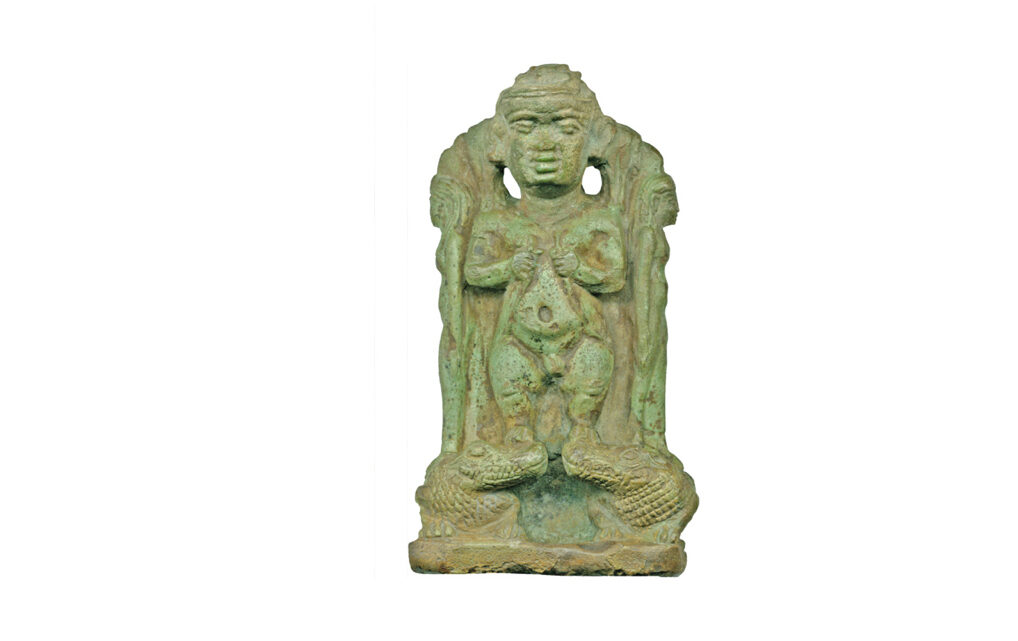The Dwarfs: Pataikos
May 22, 2024
A wisdom text of ancient Egyptian literature, Instruction of Amenemope, papyrus EA 10474, gives the following instruction: ‘Laugh not at a blind man, nor tease a dwarf’. This seems to indicate that while their differences could attract negative attention, they were to be treated with respect. The ancient Egyptians documented the presence of dwarfs in almost every aspect of life without prejudice. They were commonly depicted alongside fully-grown men differentiated only by their size, but not emphasized or otherwise contextualized to create some spectacular effect. Several dwarfs reached high positions in the pharaoh court. It’s plausible that small stature may have been considered a special quality. One reason is that Egyptian mythology contains several diminuitive protector gods and little people were associated with them.
Protection from evils such as bad furtune or illness was central to the Egyptian mind set as they believed that their world was inhabited by benevolent and malevolent forces that had to be propitiated, contained or destroyed. The ancient Egyptians had no distinction between the categories magic and medicine. Each treatment was a complementary combination of practical medicine and magical spells. Even in much later times, up until the 19th century, dwarfs were often believed to be a bridge between the profane and the sacred, holding secret knowledge of the spiritual. Amulets worn around the neck depicting dwafs god were among the most popular protective objects. The best known Egyptian small god was good-humoured Bes, protector of the home, and associated with fertility, child birth, music, dance and sexual pleasure. Another popular small protector god was Pataikos. Pataikos was believed to ward off dangerous animals and evils that result in injuries, illnesses or misfortune. In amulets he’s often clenching snakes in his mouth or strangling them with his bare hands while trampling crocodiles underfoot. Interesting choice of ‘jewellery’.